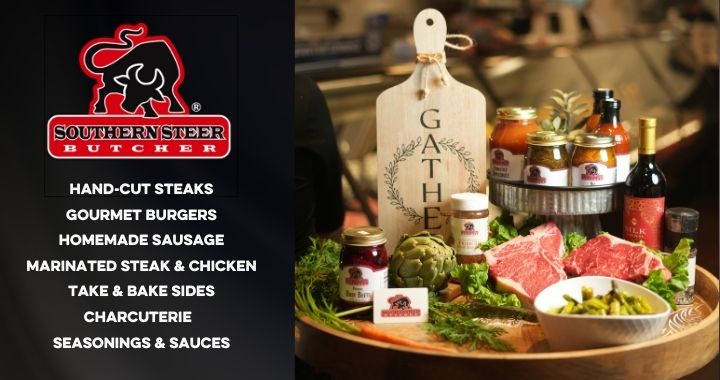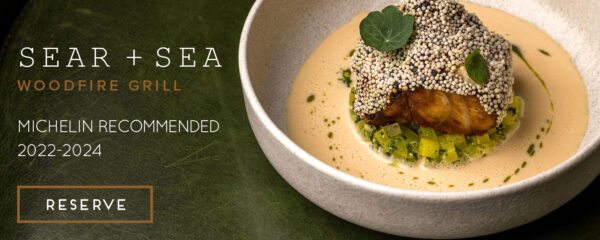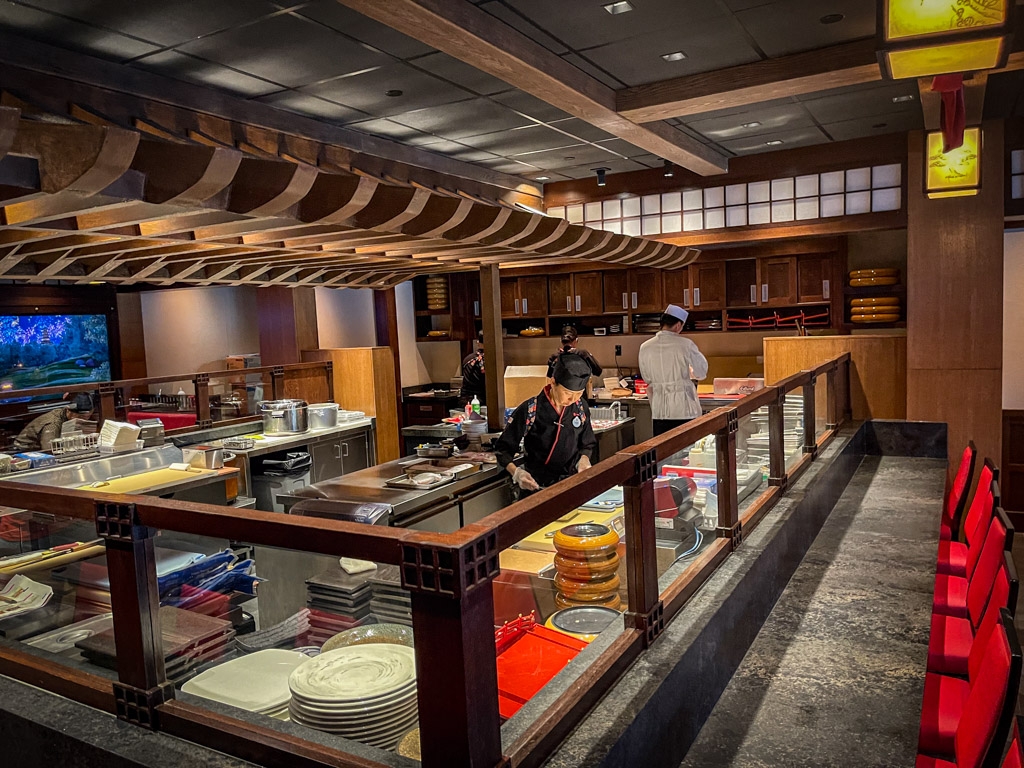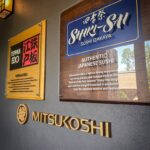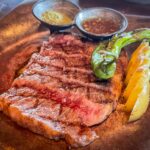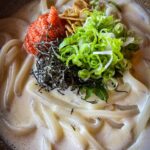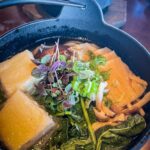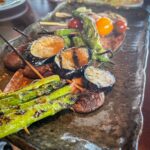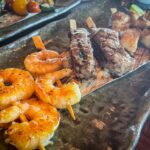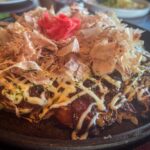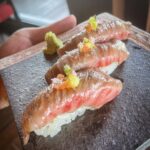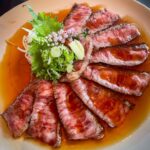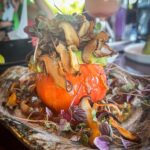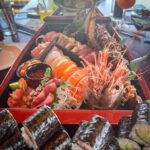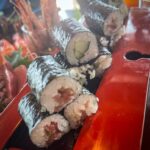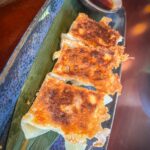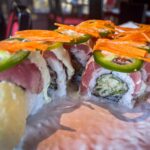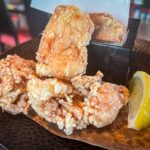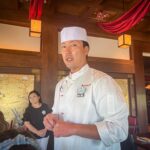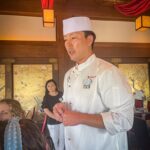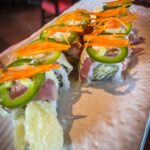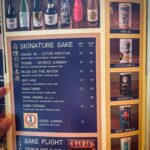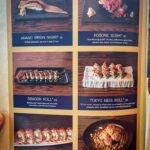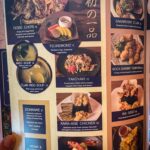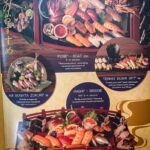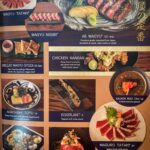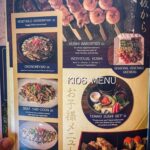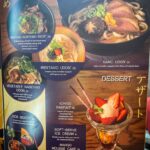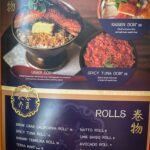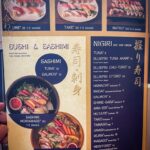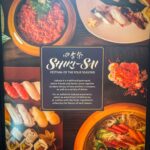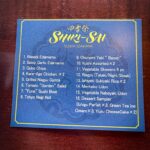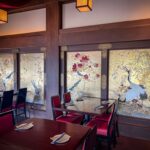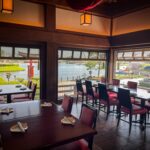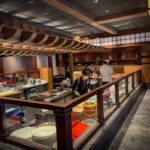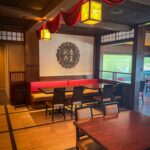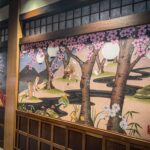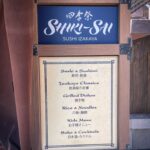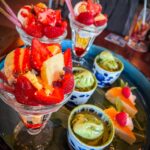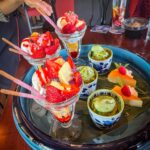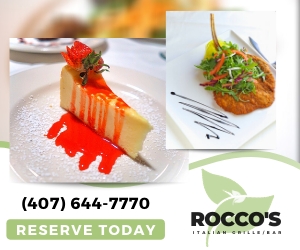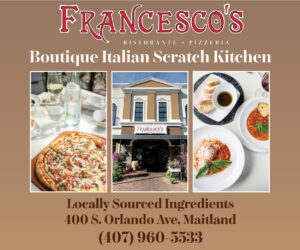Last year, Shiki-Sai opened at the Japan Pavilion at EPCOT’s World Showcase featuring Japanese sushi and izakaya (gastropub) experience.
The restaurant is located on the second floor at the Japan Pavilion (formerly the Tokyo Dining restaurant), above the Mitsukoshi Department Store. If you time your meal right, you could view fireworks from the World Showcase!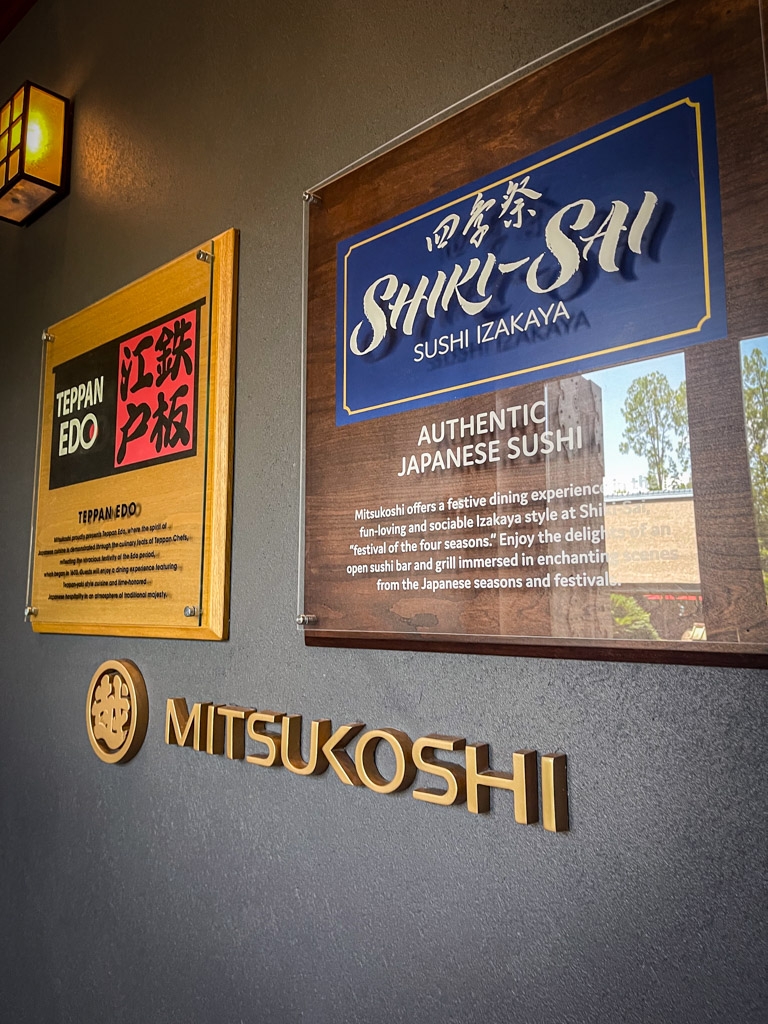
For an authentic izakaya experience, select from a variety of mouthwatering izakaya-style delicacies, including savory skewers, crispy tempura, succulent sushi rolls and hearty okonomiyaki.
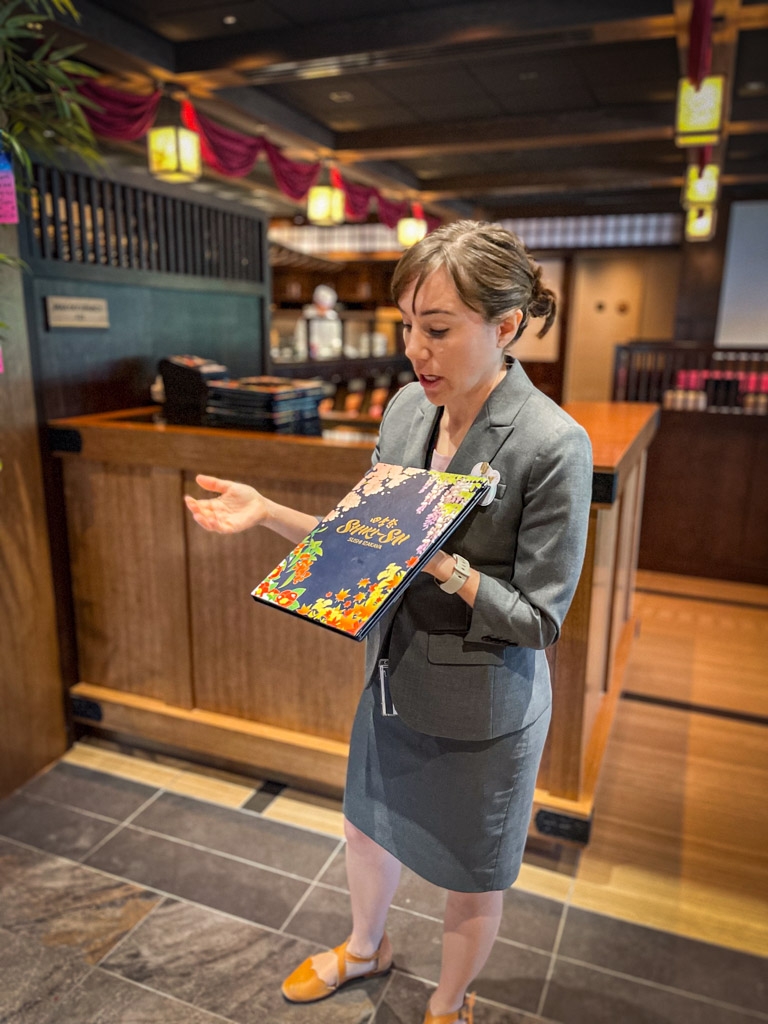

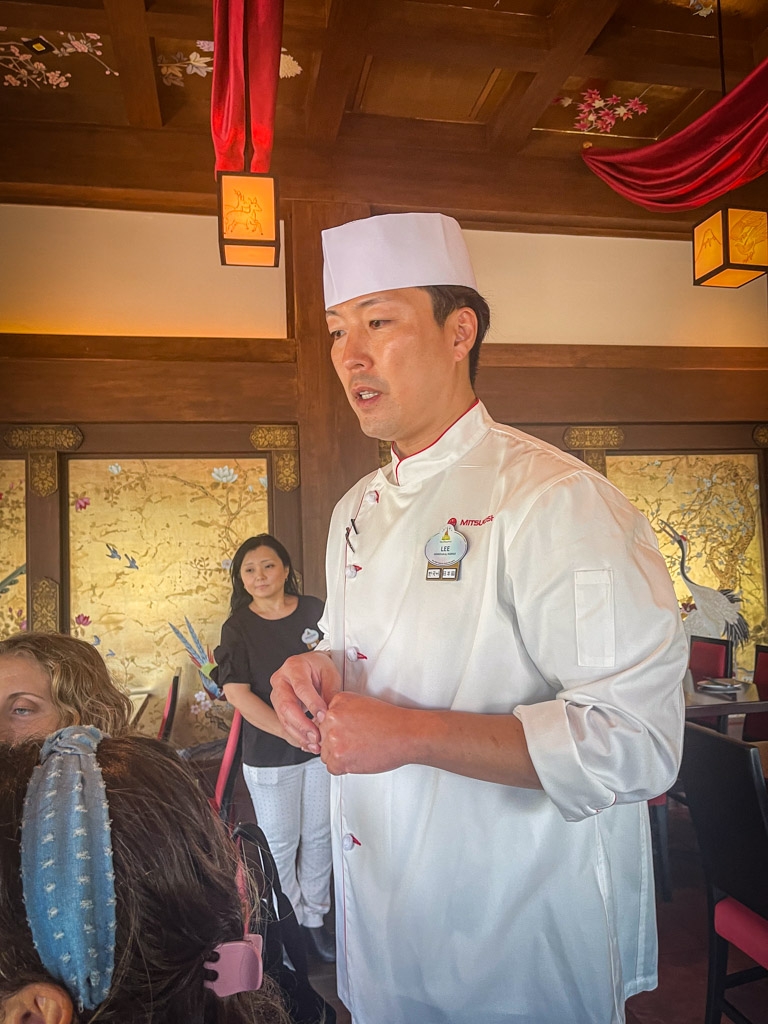
A Seoul, South Korea native who is a former hockey player and fluent in three languages (English, Japanese, and Korean), Chef Lee’s first culinary experience was helping his mother in her Japanese restaurant in Seoul.
With a rich history of crafting items from sushi to sukiyaki, Chef Lee brings a wealth of knowledge, ability, and training in Japanese cuisine.
We spoke with Chef Lee about the menu at Shiki – Sai – read on for more!
Interview with Shiki -Sai Sushi and Izakaya Restaurant’s Chef Ji Hwan Lee
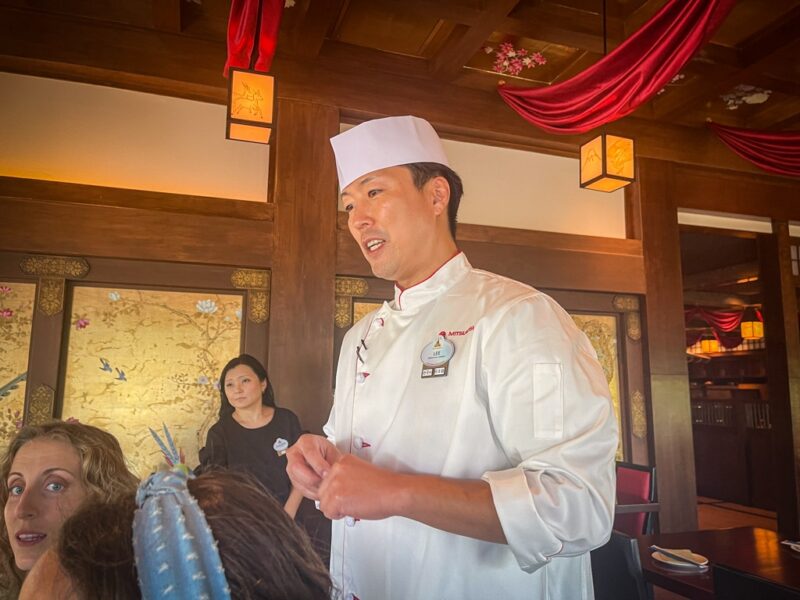
What should guests expect when they think of Shiki-Sai?
Expect a unique and convivial dining experience that is quintessentially Japanese. At Shiki-Sai, just as in Izakayas in Japan, guests enjoy a wide selection of drinks and foods while spending time with their loved ones.
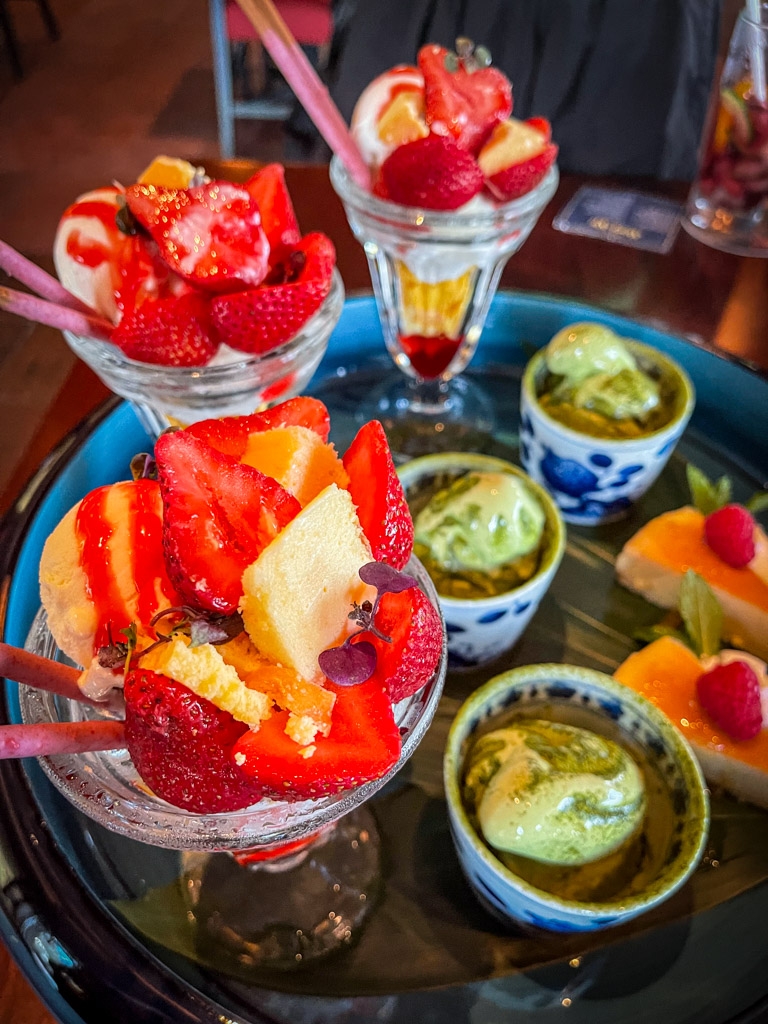
Expect a lively and convivial atmosphere, with lots of chatter and laughter. Expect to celebrate the seasons, an important aspect of Japanese culture, and to learn and maybe try something new.

For those who have never had Japanese cuisine before, how would you describe it to them?
Enjoy a quintessential Japanese dining experience featuring fresh seafood served on seasoned rice (sushi). Sushi newbies can enjoy cooked varieties such as tamago (fried egg) and unagi (freshwater eel), or raw tuna. In addition to sushi, we offer a variety of small, shareable dishes called Izakaya Classics. These include Japanese versions of familiar dishes like fried chicken and grilled salmon, and more adventurous dishes like wagyu tataki (thinly sliced pieces of high-quality wagyu beef, lightly seared and served rare). The setting is cozy, and you can pair your meal with sake or green tea, making it a unique and tasty introduction to Japanese food.
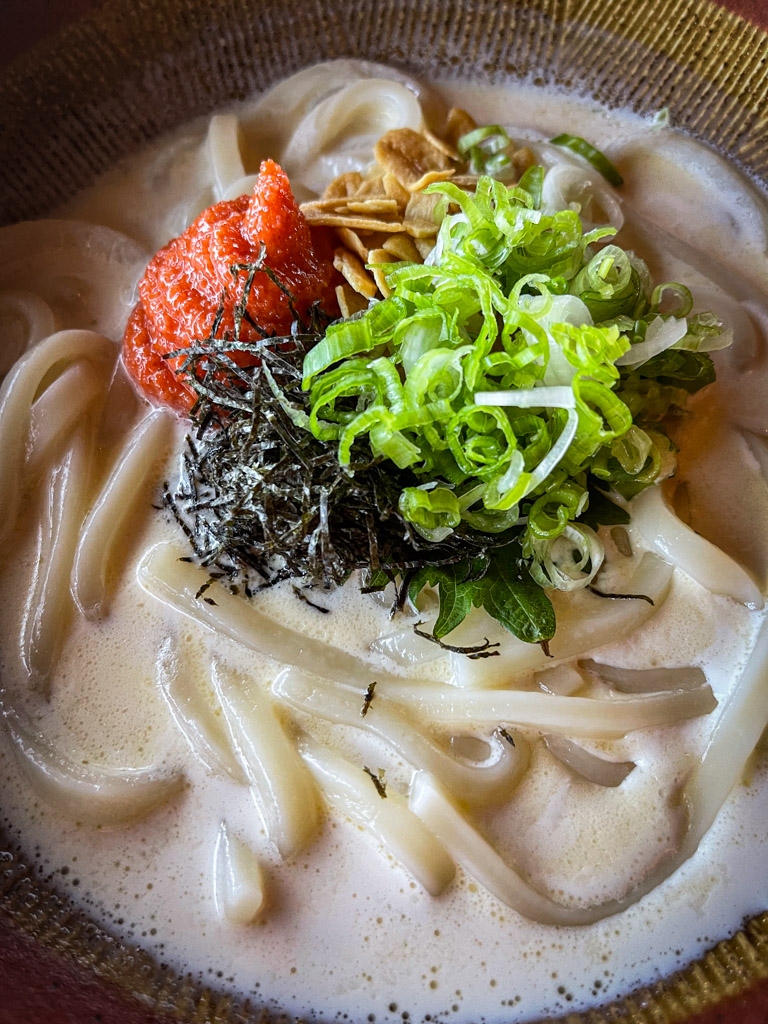
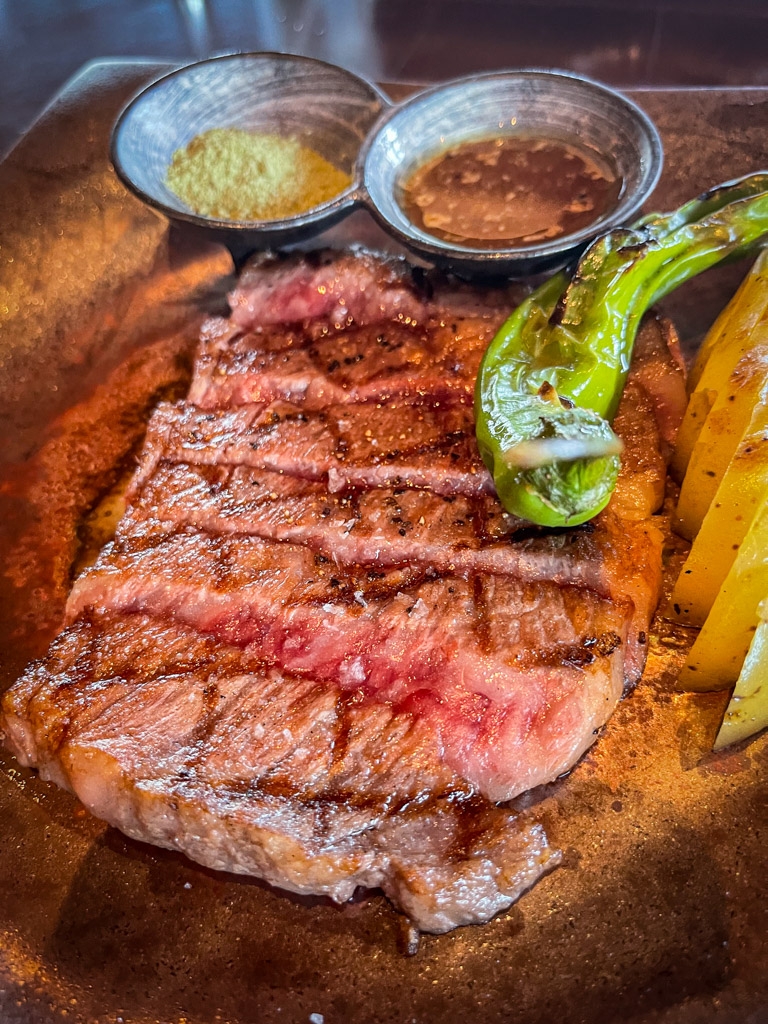
Most popular dishes so far?
The wagyu gyoza, temaki sushi set, and beef yaki udon are the most popular food dishes, and the violet yuzu lemonade (mocktail) and Summer’s End (cocktail) the most popular drinks.
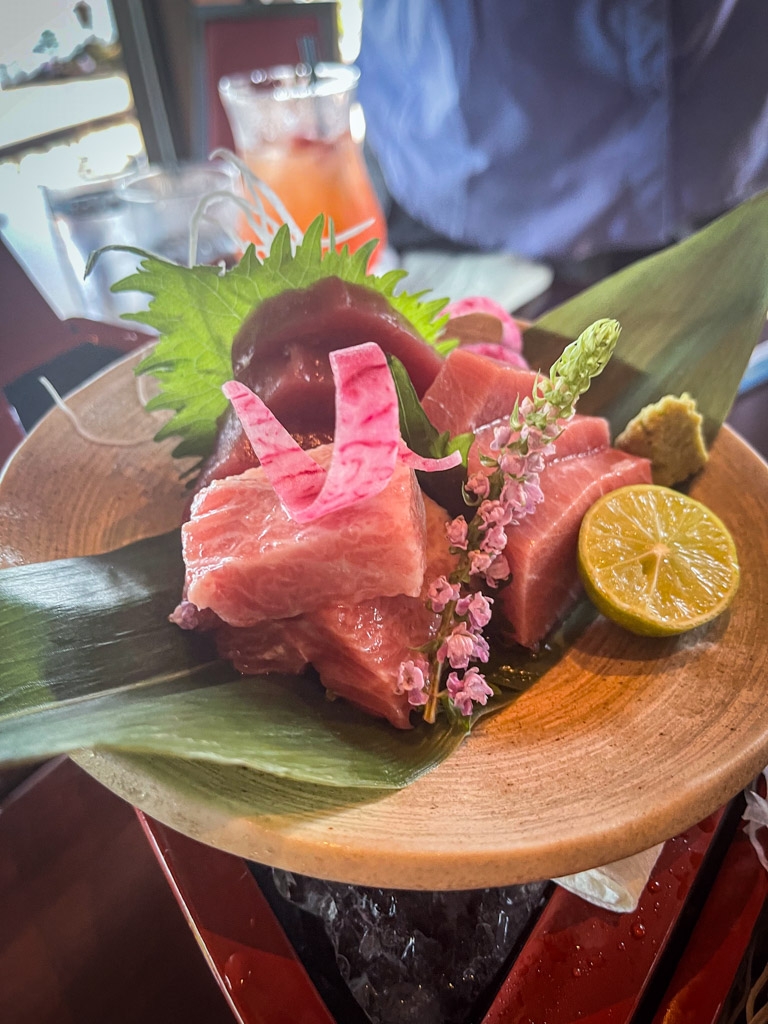
What are the inspirations behind the menu?
For many of our guests, Shiki-Sai is their first introduction to Japanese food, so we wanted our menu to be a tribute to the many culinary traditions of Japan, blending authenticity with innovation. We’ve taken great care to craft a menu that pays homage to classic Japanese dishes while adding our unique twist to create a memorable dining experience. Our drinks menu, featuring Japanese sake, shochu, craft beers, and cocktails, is carefully curated to complement our dishes perfectly.
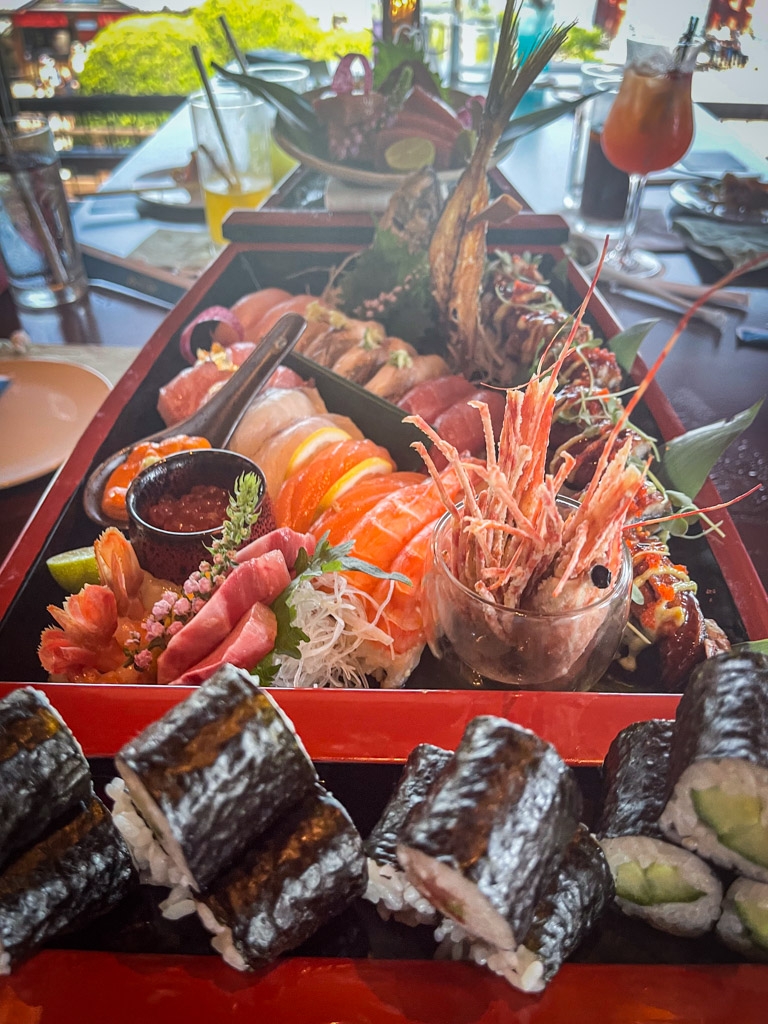
Tell us about the changing (3) seasons that guests can expect at Shiki-Sai – when are these expected to occur?
Although the mural and monitor images depict 3 seasons, we will be celebrating all 4 seasons. The entrance decor will change (expect maple trees in autumn and kadomatsu, traditional Japanese decorations made for the New Year, in winter). The cultural experience will also change. During the summer, we celebrated the festival of tanabata by inviting our guests to write wishes. In the autumn, we will invite them to celebrate tsukimi (moon viewing) by writing haiku reflecting the season.
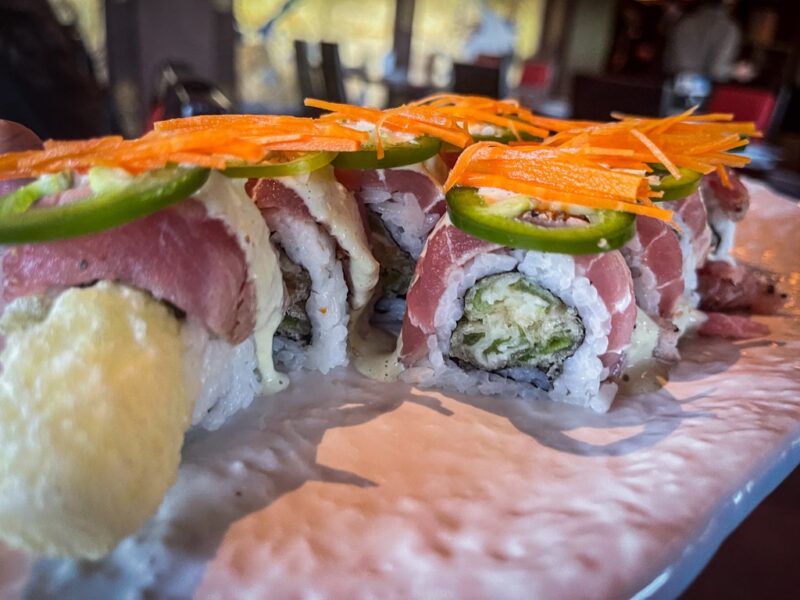
How often will the menu change?
Every season we will feature a number of season-limited items, such as moon dumplings in autumn, but the core menu will stay the same.

